Energy production, its storage, and consumption constitute the basis for all the fundamental biological processes of living cells.
According to the sources of energy, two classes of cellular energy conversions can be described: photosynthesis and respiration.
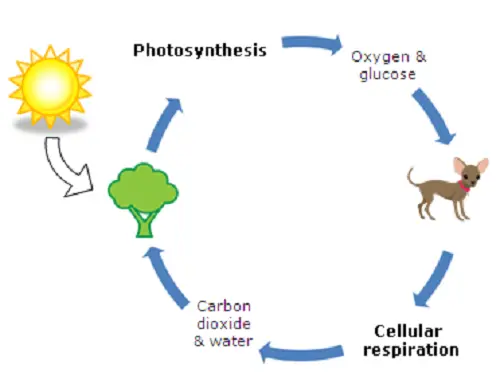
What does Photosynthesis mean?
Photosynthesis is the process during which special photosynthetic bacteria, algae, and all higher plants are able to convert the electromagnetic energy of sunlight into stable chemical energy stored in organic compounds.
Plants use atoms originating from inorganic sources such as carbon from atmospheric carbon dioxide, hydrogen and oxygen from water, and build them into sugars, amino-acids, nucleotides and fatty acids, using solar energy.
What are the stages of Photosynthesis?
Photosynthesis occurs in two main stages:
- In the first stage, two types of protein systems, photosystem I and photosystem II, capture light photons with their chlorophyll pigments in order to produce ATP (adenosine triphosphate) and NADPH (nicotinamide adenine dinucleotide phosphate), the specialized molecules which serve as energy carriers.
During this reaction, light splits water molecules and oxygen gas (O2) is released as a waste product.
- In the second stage, the energy carrier molecules are used to produce sugars from carbon dioxide gas (CO2) and water (H20).
The sugars are then used as a source of chemical energy, and for the generation of other larger molecules necessary for the plant cell metabolism.
What does Cellular respiration mean?
The sugars and organic molecules produced by plants during photosynthesis are used by almost all living organisms as a chemical energy source to sustain life, growth, and reproduction.
In the presence of atmospheric oxygen, a cell is capable of extracting energy from organic compounds by binding their carbon to oxygen and producing carbon dioxide and water, in a process called respiration. In mammals, respiration occurs in mitochondria.
What are the stages of Cellular respiration?
Cellular respiration comprised four stages:
- Glycolysis: Definition of Glycolysis
In glycolysis, glucose, a six carbon sugar, is catalysed into two molecules of pyruvate, a three carbon sugar, ATP, and into small electron donor molecules such as NADH and FADH (flavin adenine dinucleotide).
- Pyruvate oxidation: Definition of Pyruvate oxidation
Each of the two molecules of pyruvate is converted into acetyl CoA, a two carbon molecule bound to coenzyme A, generating carbon dioxide and the electron donor molecule NADH.
- Citric acid cycle: Definition of Citric acid cycle
The acetyl CoA , with a four molecule carbon, undergoes a series of reactions producing ATP, NADH, FADH, while carbon dioxide is released.
- Oxidative phosphorylation : Definition of Oxidative phosphorylation
The electron donor molecules, NADH and FADH, generated in the previous steps, transfer their electrons to oxygen via the respiratory chain located on the inner mitochondrial membrane. Energy is then released and used to pump protons out of the mitochondrial matrix into the intermembrane space of the mitochondria, creating an electrochemical gradient of protons. ATP synthase, an enzyme located in the mitochondrial membrane uses the energy within this gradient to produce ATP. At the end of the respiratory chain, oxygen accepts electrons and protons to generate water (H2O).
Similarities between Photosynthesis and Cellular Respiration: in points form
- Similarities between photosynthesis and cellular respiration in terms of Energy Conservation:
Photosynthesis and cellular respiration are two energy conversion mechanisms used by living cells to convert light and chemical energy respectively, into useful organic compounds important for their metabolic reactions.
- Similarities between photosynthesis and cellular respiration in terms of ATP Generation:
Both photosynthesis and cellular respiration ultimately generate ATP (adenosine triphosphate), the energy unit of the cell.
- Similarities between photosynthesis and cellular respiration in terms of life cycle of living things:
Photosynthesis and cellular respiration are complementary processes, both involved in the life cycle of living beings on earth. Oxygen and organic molecules produced by photosynthetic organisms using sunlight energy, are used by animals in cellular respiration, releasing carbon dioxide and water. The carbon dioxide and water are then reabsorbed during photosynthesis to generate again oxygen and organic compounds in the never ending life cycle.
Summary points on Similarities between photosynthesis and cellular respiration
Photosynthesis and cellular respiration are two vital energy conversion mechanisms used by living cells to obtain and generate energy in the ultimate form of ATP, the cellular energetic unit important for all metabolic processes.
Photosynthesis occurs at the very bottom of the food chain, in algae, photosynthetic bacteria, and plants, capturing sun energy and using carbon dioxide and water to produce ATP, organic molecules and oxygen.
The organic molecules and released oxygen are then used by nearly all other cells through respiration to produce ATP, carbon dioxide and water, which are reused by photosynthetic organisms.
Author: Lyne Chahine
Lyne Chahine holds a Master’s Degree in Biomedical Sciences from the Free University of Brussels in Belgium, and a Master’s Degree in Cellular and Molecular Physiopathology from the Paul Sabatier University in Toulouse, France.

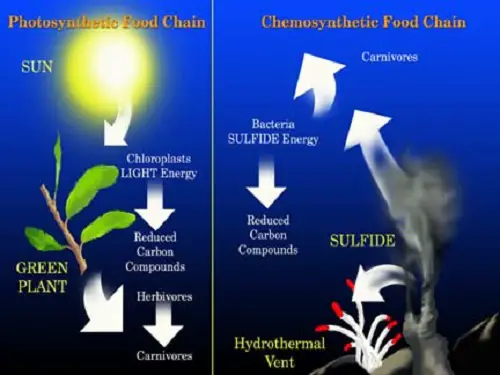
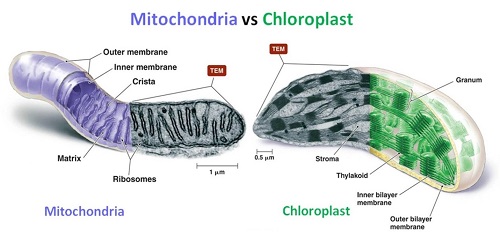

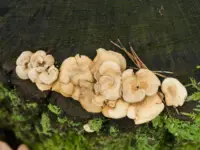

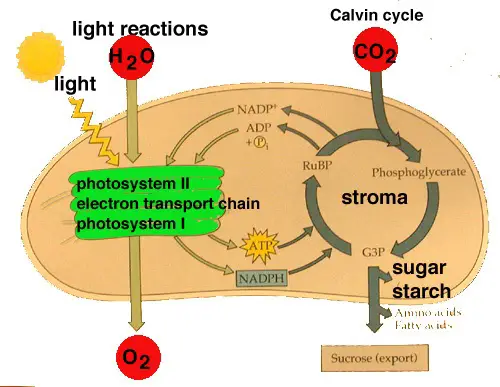





Leave a Reply